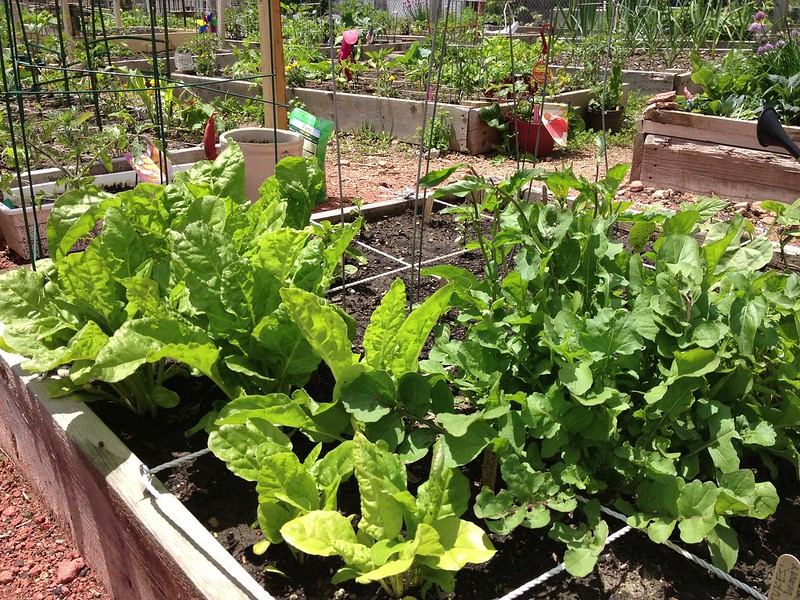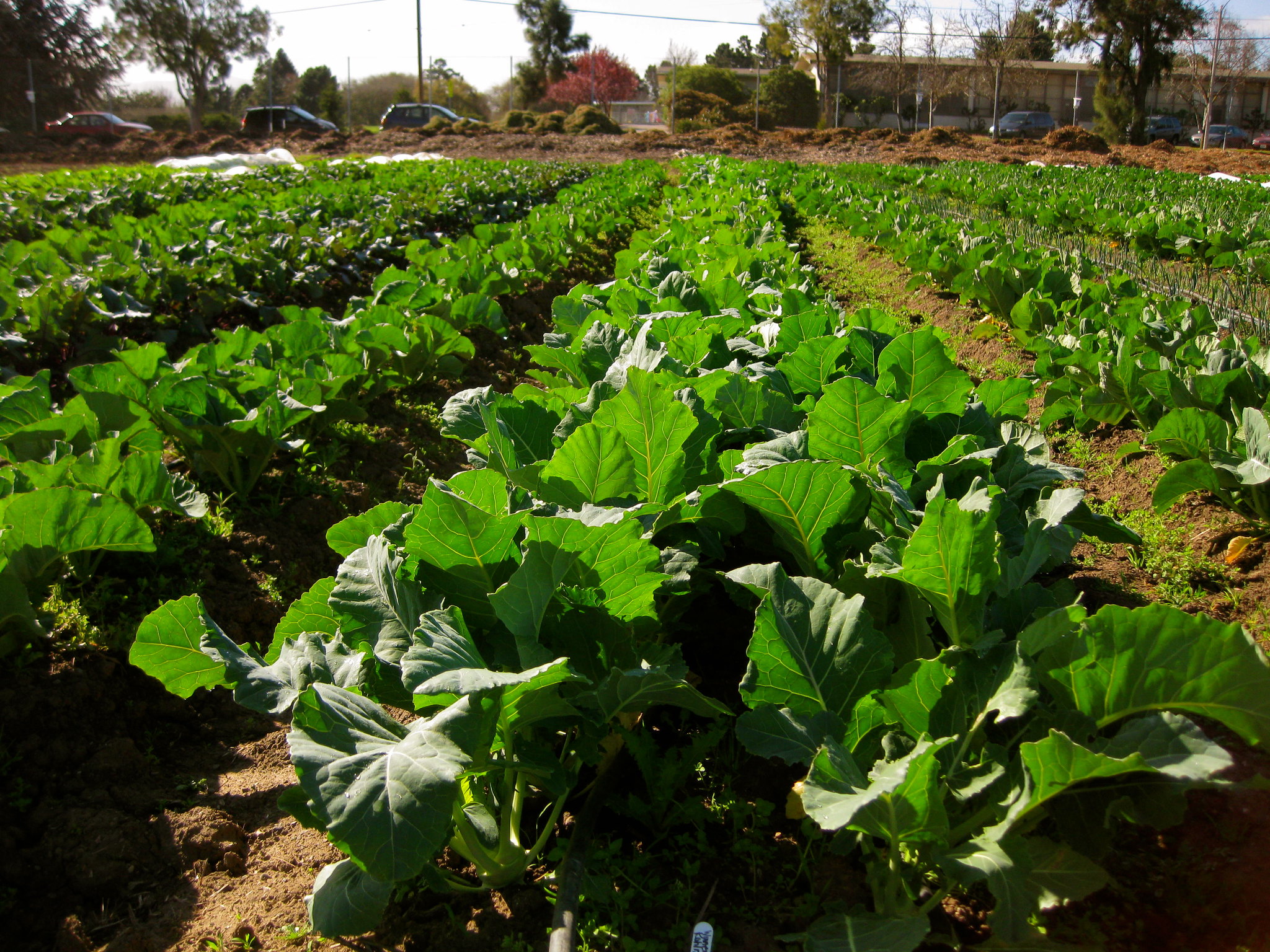Transform Your Backyard with Homestead Gardening
Discover the Tricks to Producing a Gorgeous and Productive Gardening Area
Developing a gorgeous and productive horticulture room is not merely an issue of growing blossoms and vegetables; it requires a critical technique that includes various critical elements. From picking the right area based on sunshine and dirt kind to thoughtfully developing your design and picking appropriate plants, each choice plays a crucial duty in the success of your garden.
Choosing the Right Area
Selecting the suitable location for your yard is essential to its success and general visual appeal. The first action in this procedure entails analyzing sunlight direct exposure, as a lot of plants need at the very least 6 hours of direct sunshine daily (Homestead Gardening). A south-facing yard generally obtains one of the most light, while shaded locations can hinder growth and flowering
In addition, consider dirt top quality and drainage. Well-draining dirt is vital to avoid water logged origins, which can lead to plant diseases. Conducting a soil test can offer useful details regarding pH degrees and nutrient content, allowing you to amend the soil accordingly.
Furthermore, distance to water sources is an additional aspect to consider - Homestead Gardening. Having easy accessibility to a hose or watering system can streamline the watering procedure and encourage regular plant treatment. Wind security is likewise crucial; placing your garden near structures, such as fencings or walls, can shield it from severe winds that might harm delicate plants
Finally, take into consideration ease of access for upkeep and harvesting. A well-placed garden enables hassle-free access, making sure that you can quickly tend to your plants without triggering undue stress and anxiety or disruption. Thoughtful area selection lays the foundation for a growing garden.
Selecting Plants Wisely
When picking plants for your garden, it's essential to take into consideration factors such as climate, soil problems, and personal choices to guarantee a productive and harmonious room. A thorough understanding of your local environment will certainly lead you in choosing plants that grow in your specific environment. Selecting drought-resistant varieties is advantageous in dry areas, while moisture-loving types might be more appropriate for areas with high rainfall.
Soil problems are just as crucial; performing a dirt examination can expose pH levels and vitamins and mineral material, enabling you to choose plants that will certainly flourish. Indigenous plants are commonly an outstanding option, as they are normally well-adapted to regional dirt types and need much less maintenance.
Show on your personal choices-- picking plants that resonate with your visual preferences will certainly boost your enjoyment and commitment to keeping your yard. By meticulously assessing these aspects, you can produce a varied and successful plant selection that raises your gardening experience.
Creating Your Garden Format
With a thoughtfully chosen plant choice in hand, the next step is to create a yard design that makes the most of both appeal and performance. Begin by examining the readily available room, considering factors such as sunshine, shade, and wind patterns. A well-planned layout must include various zones, including locations for growing, pathways, and potentially seating.
Start with larger plants or prime focus, such as trees or high perennials, positioned purposefully to produce visual passion. Layer smaller sized plants in front to boost depth and appearance. Take into consideration the growth habits of your chosen plants; taller selections ought to be positioned at the back or center of beds, while much shorter ones can line the edges.
Incorporating paths not only assists in access for maintenance yet additionally welcomes expedition. Use materials that complement the garden's general visual, whether timber, stone, or gravel chips.
In addition, think of seasonal changes and exactly how your format will certainly look throughout the year. Integrating evergreens together with seasonal blossoms can guarantee year-round beauty. Ultimately, a properly designed yard layout balances the natural elegance of plants with sensible considerations, causing a space that is both inviting and productive.
Enhancing Soil Health And Wellness

To improve dirt health and wellness, begin by performing a soil test to assess pH degrees, nutrition material, and soil structure. This will certainly inform your modifications. Incorporate natural matter such as compost, well-rotted manure, or fallen leave mold and mildew to improve soil framework, water retention, and microbial activity. Furthermore, exercising crop rotation can avoid nutrient deficiency and reduce bug and disease pressures.
Mulching is an additional reliable approach; it not only preserves dampness yet likewise subdues weeds and progressively improves the dirt as it damages down. Preventing extreme husbandry is critical, as it can interfere with soil structure and harm useful microorganisms. Rather, take on no-till or minimal husbandry practices to maintain soil stability.

Preserving Your Yard Effectively
A well-kept garden is a resource of satisfaction and productivity, requiring regular interest to ensure that plants thrive and the landscape continues to be welcoming. Reliable yard upkeep involves several vital methods that boost the health and wellness of your plants and the general aesthetic of your area.
Normal watering is critical; nonetheless, it is essential to tailor your watering routine based on the specific demands of your plants and regional environment conditions. Mulching can help preserve wetness, suppress weeds, and regulate dirt temperature. Moreover, prompt weeding stops competition for sources and nutrients, guaranteeing that your More Help plants flourish.
Pruning is an additional crucial job. It encourages healthy and balanced growth, removes unhealthy or dead branches, and shapes plants to preserve an enticing framework. Furthermore, monitoring for conditions and bugs is vital; early discovery and treatment can save your plants from significant damages.
Fertilization must be executed thoughtfully, using natural alternatives whenever possible to promote lasting dirt health. Lastly, seasonal jobs such as planting, separating perennials, and getting ready for winter months will ensure your garden remains dynamic year-round. By following these methods faithfully, you can cultivate a garden that is both efficient and lovely.
Verdict
Selecting a proper area with ample sunshine, selecting suitable plants, creating an aesthetically pleasing layout, boosting soil wellness, and making sure routine maintenance are necessary parts. By integrating these techniques, one can grow a flourishing garden that not only boosts the landscape however also promotes eco-friendly equilibrium and sustainability.
From selecting the right area based on sunlight and soil kind to thoughtfully making your layout and choosing suitable plants, each choice plays a crucial function in the success of your yard. Well-draining dirt is crucial to protect against water logged roots, which can lead to plant conditions.When selecting plants for your yard, it's essential to think about elements such as climate, soil problems, and Recommended Reading individual preferences check these guys out to guarantee a productive and unified area. Ultimately, a well-designed garden format harmonizes the all-natural beauty of plants with functional factors to consider, resulting in a space that is both inviting and effective.
